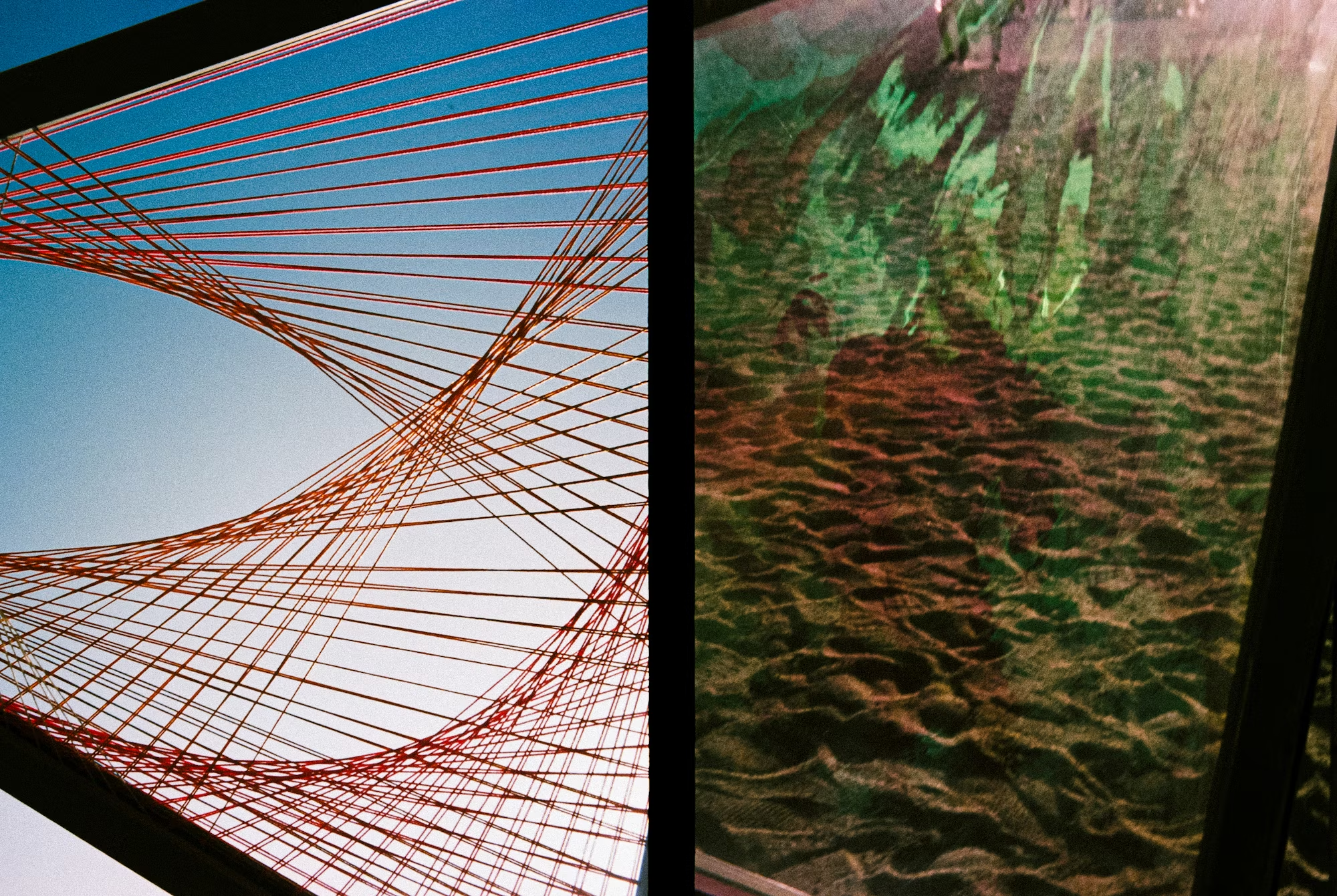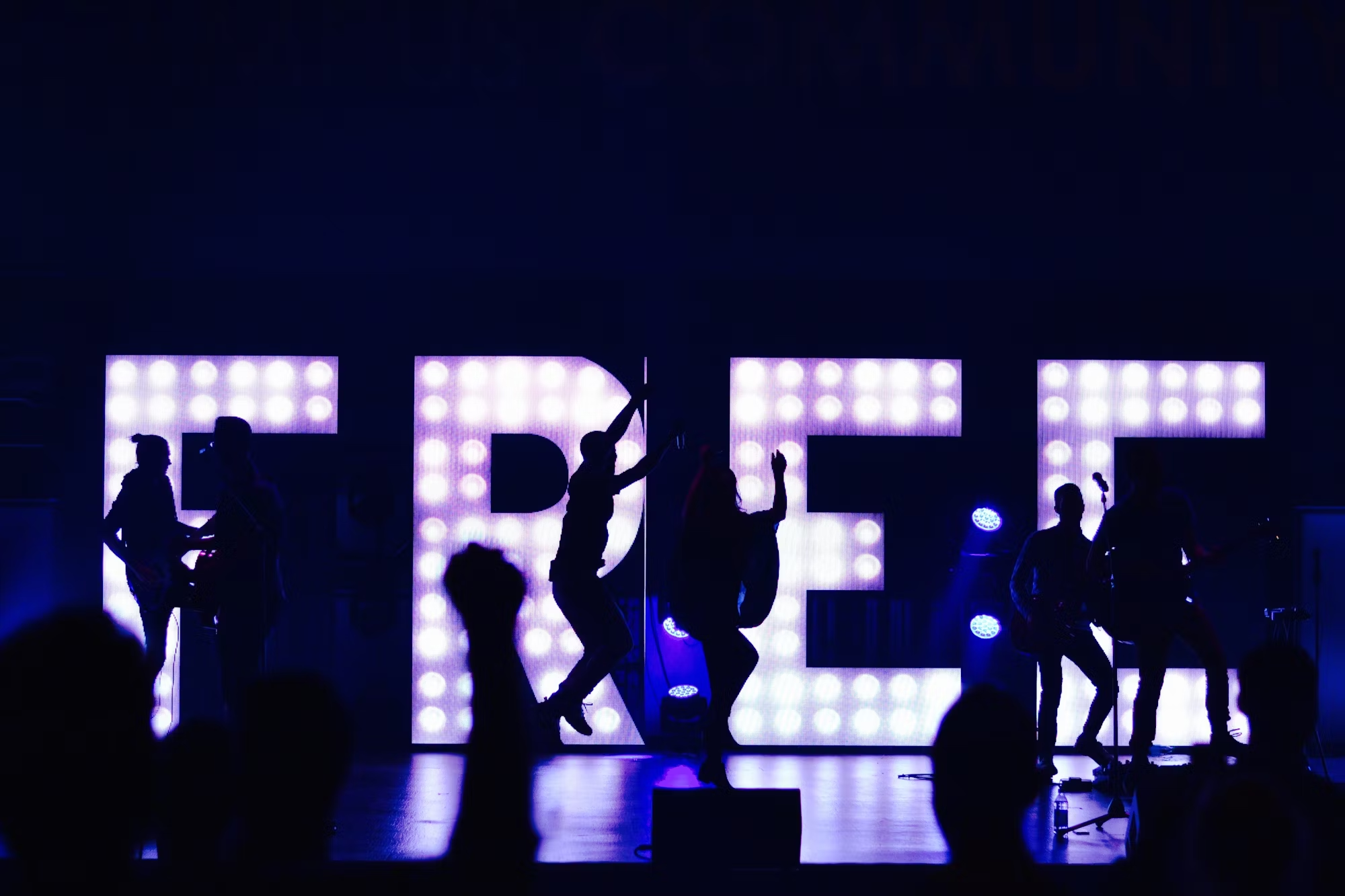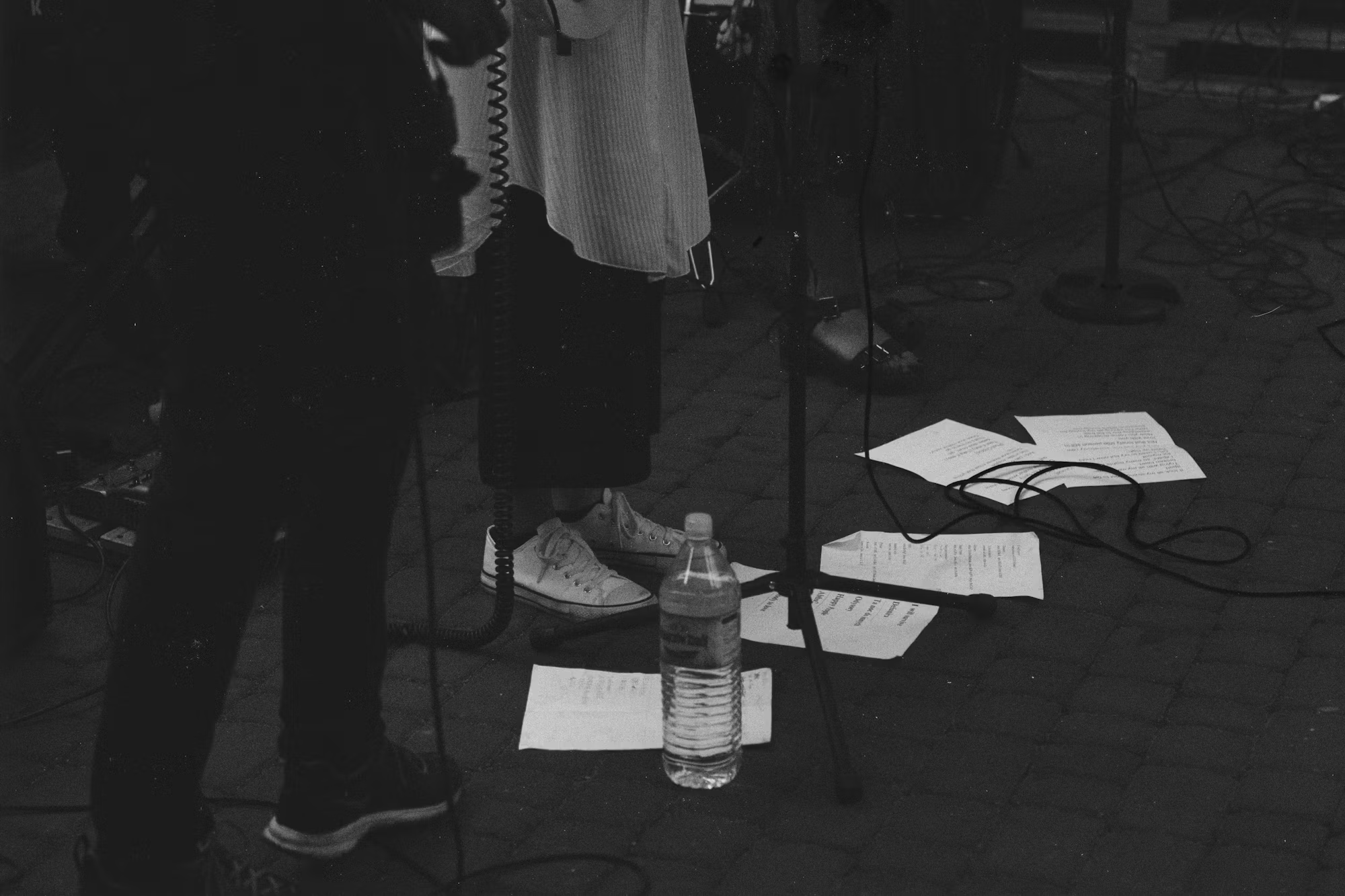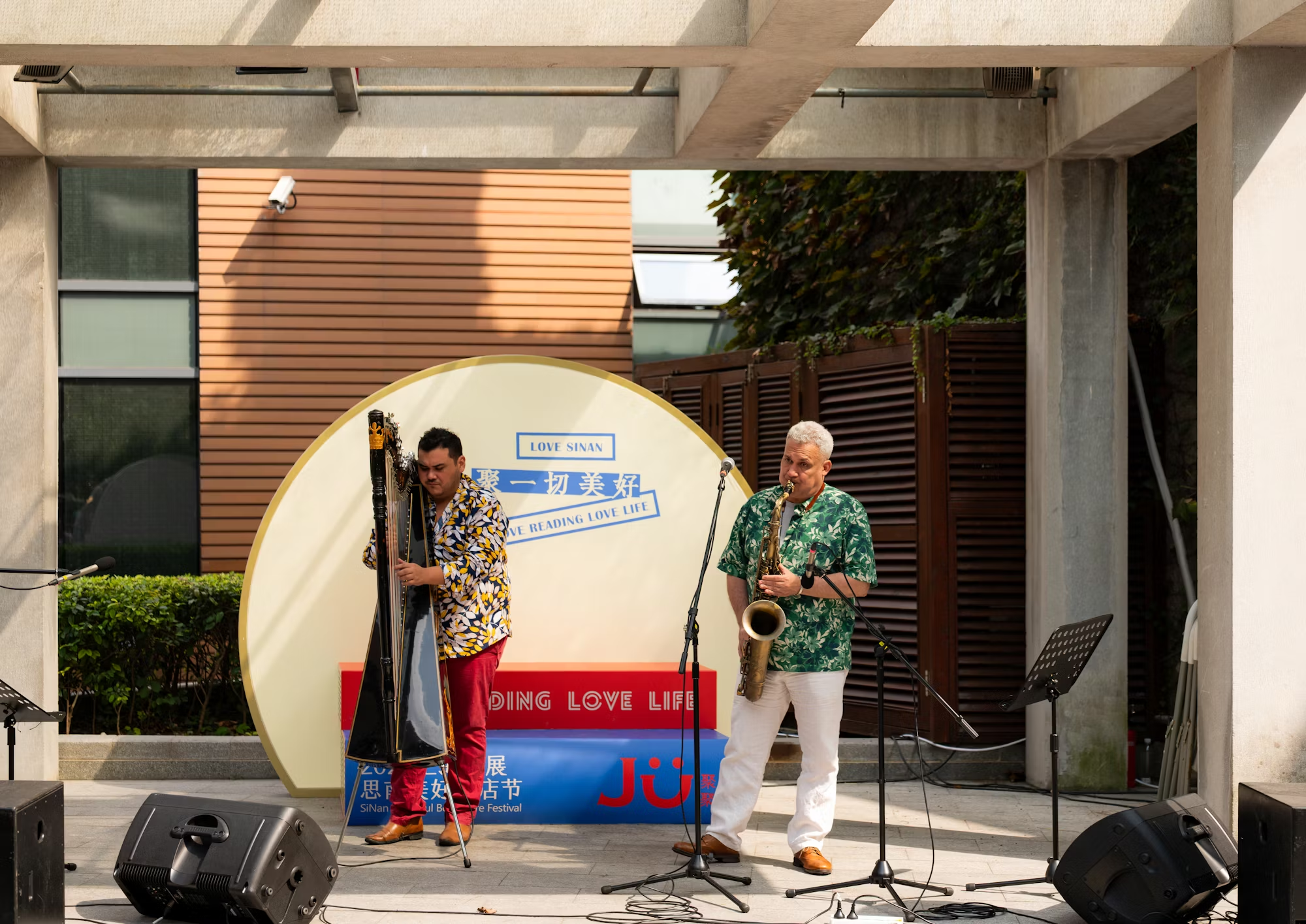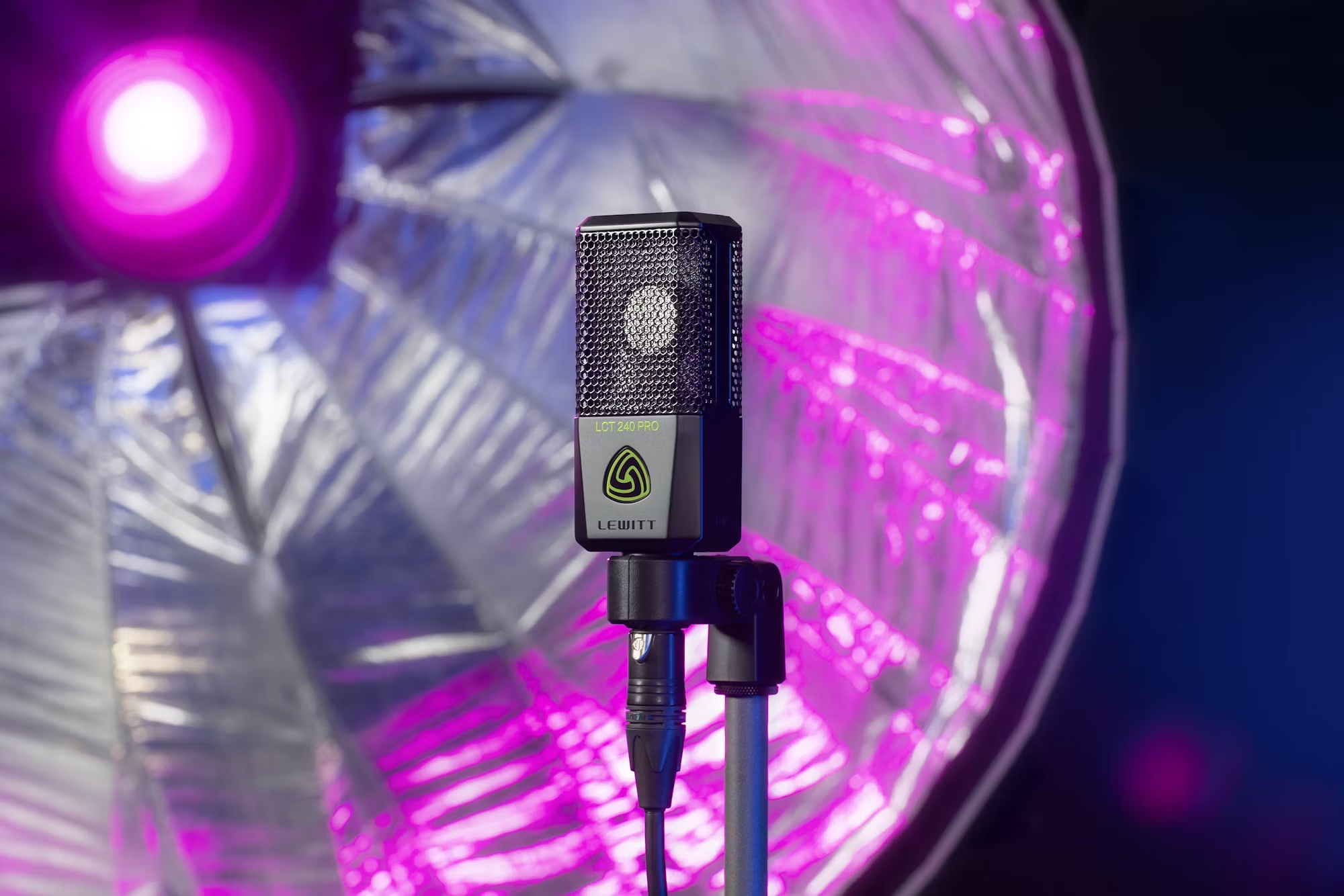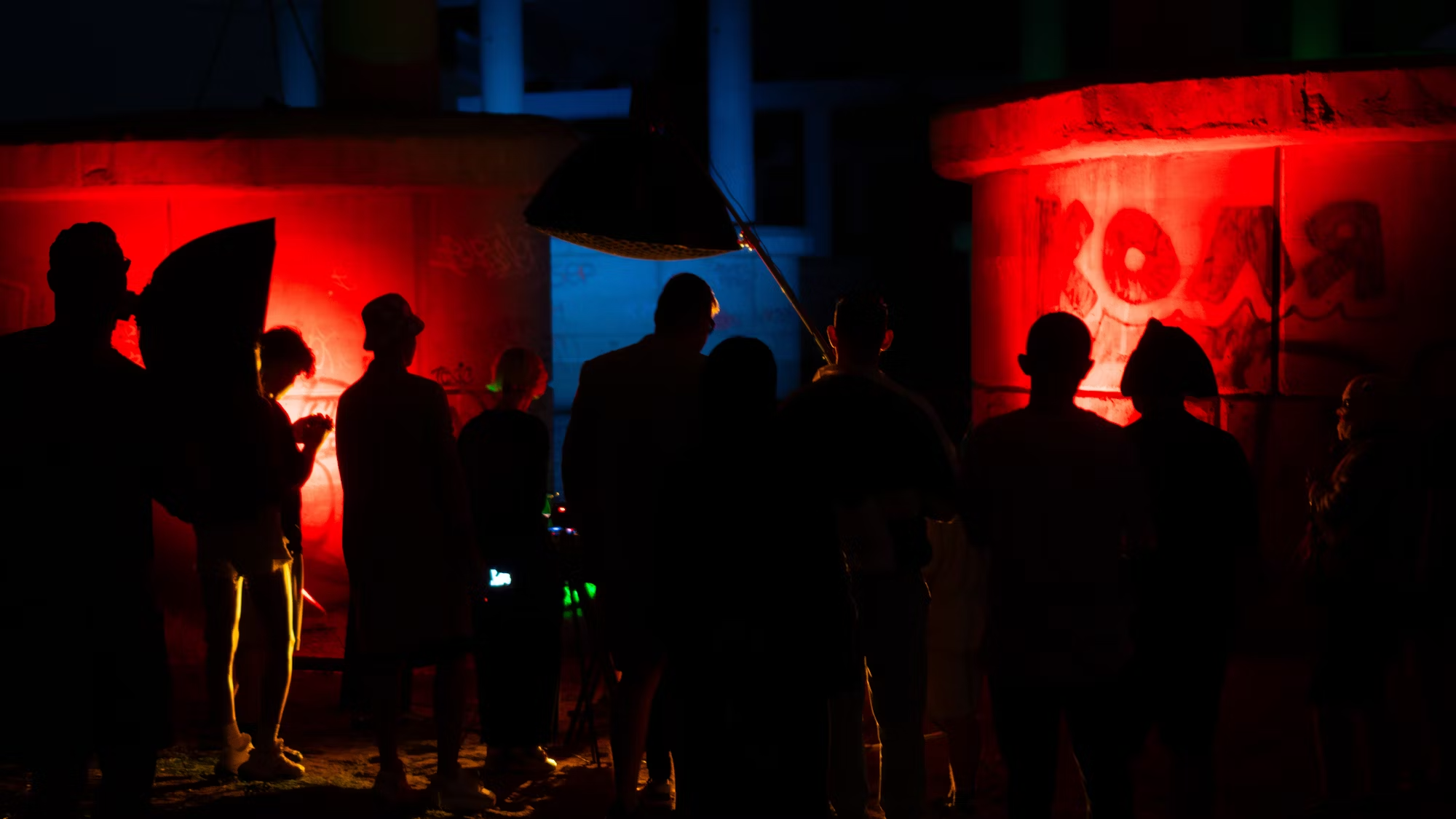In an age where audio experiences are paramount, selecting the right headphones is more important than ever. From enjoying music on the go to immersing yourself in gaming or podcasts, the right headphones can transform your auditory experience. With numerous types available, understanding your options can simplify the decision-making process. This article explores different headphone types, their features, and practical advice to help you find the perfect pair tailored to your lifestyle.
The Diversity of Headphones
Headphones come in various styles and designs, each suited for different needs and activities. By breaking down these categories, you can identify which type aligns best with your requirements:
1. Over-Ear Headphones
Over-ear headphones are known for their large ear cups that encompass the entire ear, providing superior sound quality and comfort. They are further divided into two main types:
– Open-Back Headphones: These headphones feature perforated ear cups that allow air and sound to pass through, offering a natural and expansive sound. They are particularly favored for home listening due to their ability to create an immersive soundstage. However, they do not provide noise isolation, making them unsuitable for noisy environments.
– Closed-Back Headphones: In contrast, closed-back headphones have sealed ear cups that prevent sound leakage and block outside noise. This design is ideal for those who want to enjoy music without distractions, making them perfect for use in public spaces or when traveling.
2. On-Ear Headphones
On-ear headphones are smaller and lighter than their over-ear counterparts, resting directly on the ears. They strike a balance between portability and sound quality, making them a versatile choice for everyday use. While they may not provide the same level of isolation as closed-back models, many on-ear headphones deliver excellent audio performance and comfort for casual listening.
3. In-Ear Headphones (Earbuds)
In-ear headphones fit snugly inside the ear canal, offering superior noise isolation and portability. They are perfect for those on the go. This category includes:
– Standard Earbuds: Lightweight and easy to carry, these are designed for casual use and often come in a variety of colors and styles to suit individual tastes.
– In-Ear Monitors (IEMs): Typically used by professionals and audiophiles, IEMs provide exceptional sound quality and isolation, making them ideal for live performances and studio monitoring.
4. Wireless Headphones
The advent of Bluetooth technology has transformed how we listen to audio. Wireless headphones eliminate the hassle of cords, offering greater freedom of movement. This category includes:
– Bluetooth Headphones: Available in various styles, including over-ear and on-ear designs, these headphones are perfect for daily use, especially for commuters and fitness enthusiasts.
– True Wireless Earbuds: These earbuds are entirely cordless, providing maximum portability. Many models come with touch controls and voice assistant integration, enhancing convenience for users.
5. Gaming Headsets
Gaming headsets are designed specifically for gamers, featuring high-fidelity audio, surround sound capabilities, and built-in microphones for communication. These headsets enhance the gaming experience by delivering clear audio cues and creating an immersive sound environment that brings games to life.
Key Features to Consider
When choosing headphones, several features can significantly influence your listening experience. Here are some essential factors to consider:
1. Sound Quality
Sound quality is crucial when selecting headphones. Depending on your listening preferences, you may prefer headphones that emphasize certain audio frequencies. Look for models that provide a balanced sound across lows, mids, and highs, ensuring a satisfying auditory experience. Many modern headphones come with customizable sound profiles, allowing you to tailor the audio to your liking.
2. Comfort and Fit
Comfort is vital, especially for long listening sessions. Over-ear headphones generally offer more cushioning, while in-ear models should come with multiple ear tip sizes to ensure a secure fit. Testing headphones for comfort before purchasing can significantly impact your enjoyment.
3. Noise Isolation and Cancellation
Noise isolation is essential for fully enjoying music in various environments. Closed-back headphones usually provide better passive noise isolation, while active noise-canceling (ANC) technology can actively block out external sounds. This feature is particularly beneficial for frequent travelers or anyone who listens in busy areas.
4. Battery Life
For wireless headphones, battery life is an important consideration. Depending on your usage habits, look for models that offer long-lasting battery performance. Many modern wireless headphones feature quick charging capabilities, allowing you to enjoy hours of playback with just a short charge time.
5. Durability and Build Quality
Investing in durable headphones can save you money in the long run. Look for models constructed from high-quality materials that can withstand everyday wear and tear. Brands that offer warranties often reflect their commitment to quality and customer satisfaction, providing peace of mind with your purchase.
Emerging Trends in Headphone Technology
As technology continues to evolve, several trends are shaping the future of headphones and audio equipment:
1. Adaptive Sound Technology
Adaptive sound technology allows headphones to automatically adjust audio settings based on the user’s environment. For instance, they may enhance noise cancellation in noisy settings or allow ambient sound in quieter spaces, creating a seamless listening experience.
2. Health Tracking Features
Some modern headphones now come with health tracking capabilities, enabling users to monitor physical activity and health metrics. This integration of audio and fitness technology appeals to health-conscious consumers and offers a holistic approach to personal wellness.
3. Sustainability Initiatives
With an increasing focus on environmental responsibility, many brands are emphasizing sustainable materials and production methods. This trend not only caters to eco-conscious consumers but also promotes responsible manufacturing practices within the industry, aligning with global efforts to reduce environmental impact.
Conclusion
Choosing the right headphones is a personal journey that involves understanding your preferences and listening habits. By exploring the various types of headphones available and considering the key features that matter most to you, you can find a pair that enhances your audio experience. Whether you are enjoying your favorite music, gaming, or simply seeking a reliable pair for daily use, the right headphones can transform your listening experience and enrich your everyday activities.

